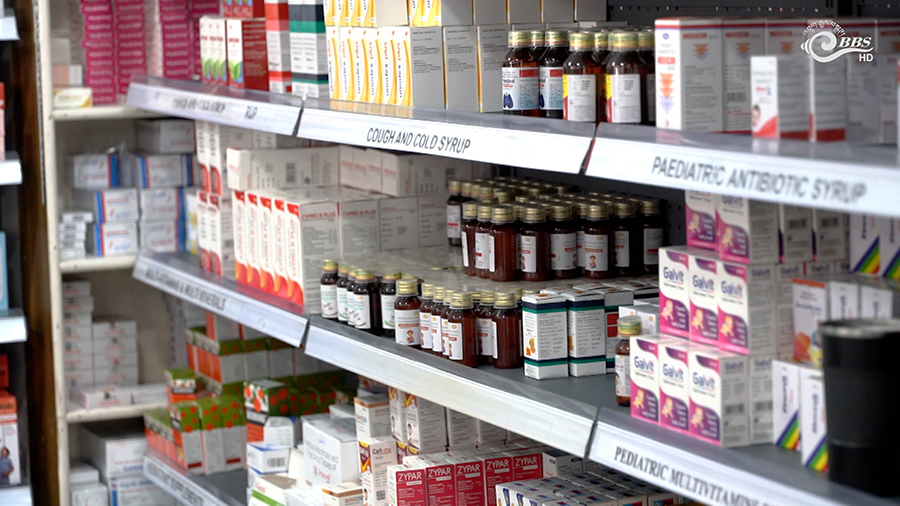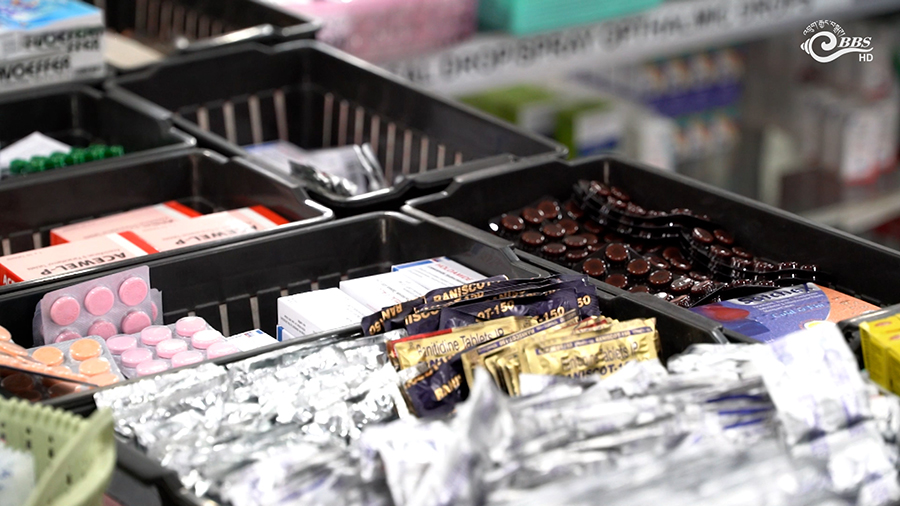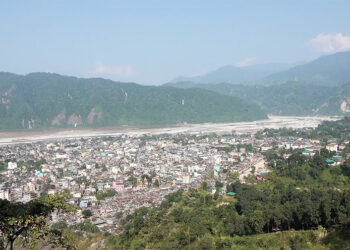 While Bhutan’s healthcare system offers free medical services, private pharmacies play a complementary role, particularly for over-the-counter medications and consumer choice. But not everyone can equally access private pharmacy services. A recent study, published by the Consumer Empowerment and Economics Division under the Competition and Consumer Affairs Authority earlier this month, shows uneven distribution of pharmacies raising safety and regulatory concerns.
While Bhutan’s healthcare system offers free medical services, private pharmacies play a complementary role, particularly for over-the-counter medications and consumer choice. But not everyone can equally access private pharmacy services. A recent study, published by the Consumer Empowerment and Economics Division under the Competition and Consumer Affairs Authority earlier this month, shows uneven distribution of pharmacies raising safety and regulatory concerns.
The study reveals a stark imbalance of how private pharmacies are spread across Bhutan.
Approximately 50 per cent of all retail pharmacy outlets are concentrated in the capital.
In contrast, six districts currently have no pharmacies at all with Samdrup Jongkhar and Trongsa among the list.
 This uneven spread, according to the study, means in areas where pharmacies are absent, residents are often forced to rely on cross-border sources for medicines, or travel to distant pharmacies when their local Basic Health Units or hospitals run out of stock. This also raises safety and regulatory concerns, as pharmaceutical standards across the border may not align with Bhutan’s.
This uneven spread, according to the study, means in areas where pharmacies are absent, residents are often forced to rely on cross-border sources for medicines, or travel to distant pharmacies when their local Basic Health Units or hospitals run out of stock. This also raises safety and regulatory concerns, as pharmaceutical standards across the border may not align with Bhutan’s.
Sumjay, a resident of Samdrup Jongkhar said, “We are facing problems. The hospital provides us medicines and supports us, but sometimes we have to buy medicines ourselves. Since there is no medical shop here, we are forced to go across the border to buy them. The problem is, we are not educated enough to know which medicine to buy. If we had a medical shop within our own country, it would be very helpful and we would feel much safer.”
Rinchen Thinley, who is living in Trongsa said, “As Trongsa does not have a single pharmacy, one serious challenge for us is that the district hospital and basic health units do not have the stock of all medicines. It is hard to cater all the medical services. So, to buy medicines we have to either go to nearby districts or get it delivered from Thimphu.”
Four districts have just one pharmacies each. In districts like Pema Gatshel and Dagana with single pharmacy, 28 per cent of consumers have voiced concerns over potential monopolistic pricing and frequent stock shortages, despite 55 per cent reporting satisfactory service.
Sonam Tshering, who is living in Denchi, Pema Gatshel said, “Till now, when we have to get over-the-counter medicines, we buy from Thimphu, or go to Samdrup Jongkhar hiring taxis. The most pressing challenge is that we have to incur huge expenses. So, if we have a pharmacy here in the town itself, our challenges would be solved.”
The report highlights that the private pharmacy sector itself is quite small, with only 83 registered retail and 35 wholesale pharmacies nationwide.
Aside from operational challenges, the study found that both wholesalers and retailers face shortage of certified pharmacists. About 30 per cent of wholesalers reported they struggle to recruit certified pharmacists, and this figure jumps to 55 per cent for retail pharmacies despite the availability of around 162 certified professionals nationwide.
According to the study, nearly 70 per cent of retailers find it difficult to recruit certified pharmacists while considering expanding to new locations.
The study also highlights several key recommendations such as financial and regulatory incentives by the government and infrastructure support by district administrations lacking pharmacy outlets.
Additionally, it recommends leveraging technology by piloting e-pharmacies under the supervision of Bhutan Food and Drug Authority to address the shortage of certified pharmacists.
Kelzang Chhophyel
Edited by Phub Gyem









